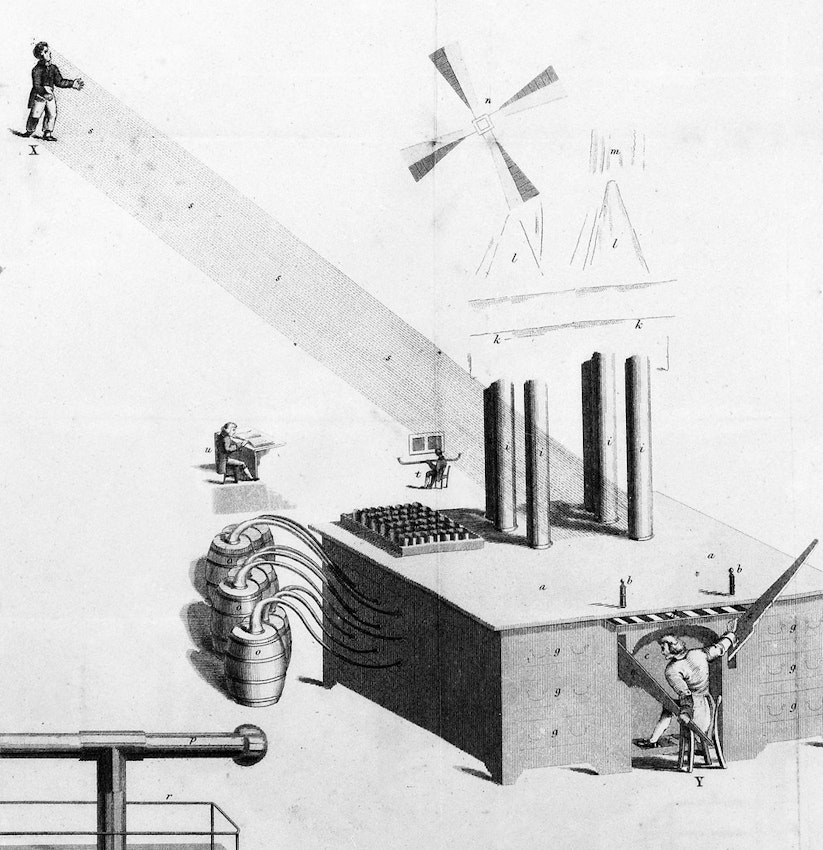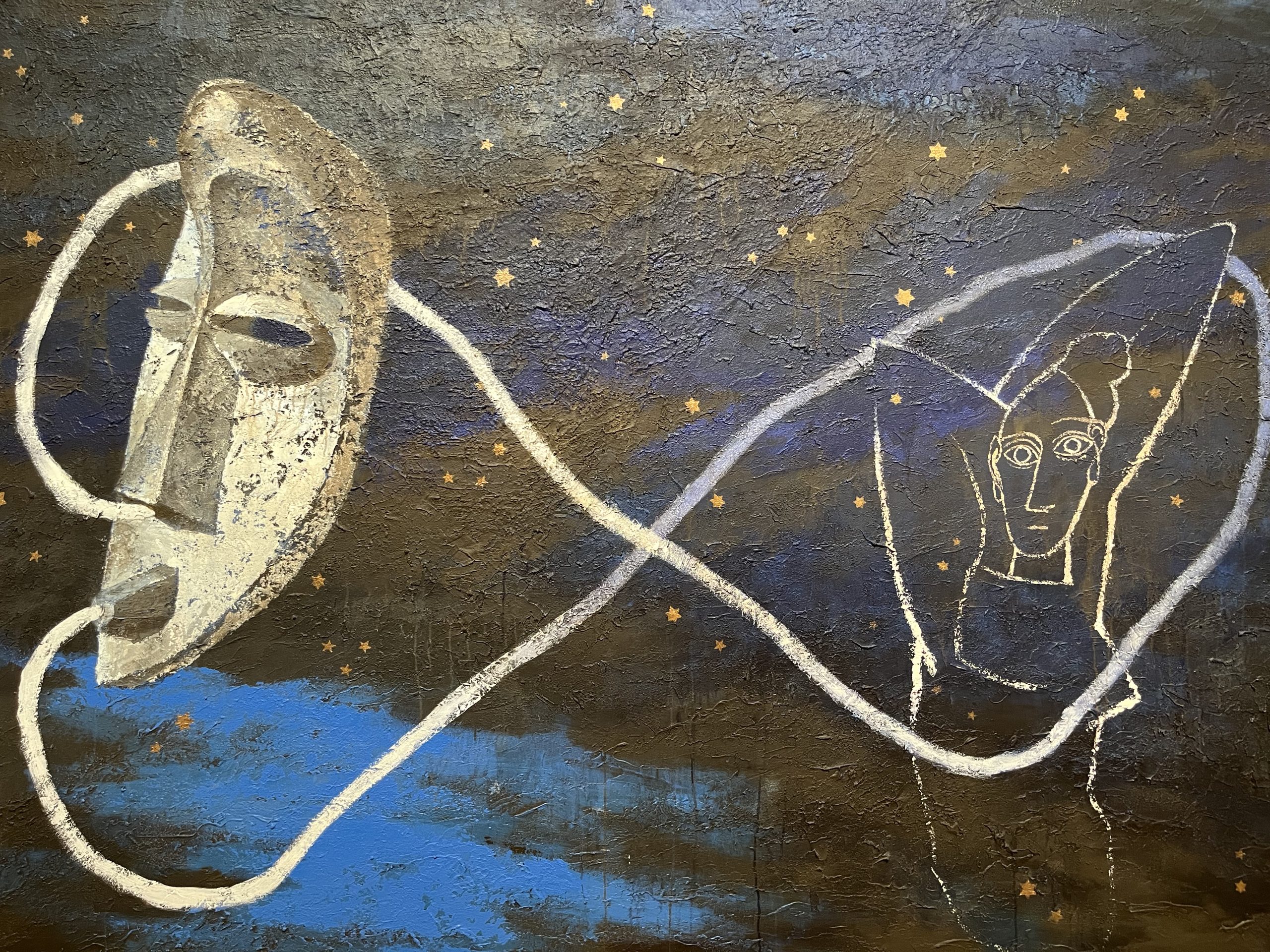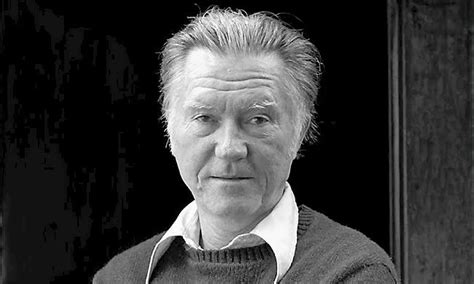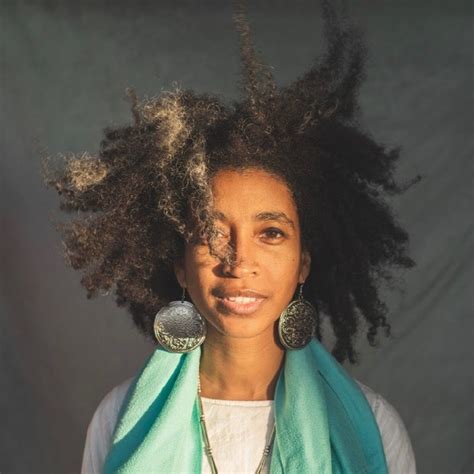When I visited Edinburgh in the spring, friends of mine gave me a book that had jumped out at me from one of their shelves: The Air Loom Gang by Mike Jay. Was “Air Loom” a made-up word, or, if not, what could it possibly stand for?, I wondered. The book is based on the true story of James Tilly Matthews, who believed that a gang of architects of evil had invented a machine to control the minds of politicians and army generals in order to brainwash them into starting a war. The Air Loom, Matthews was convinced, was a machine that “weaves ‘airs’ or gases into a ‘warp of magnetic fluid'” to influence people’s minds and bodies, tormenting them if they resisted.
Read MoreCategory: Breath in Literature & Art
A life-sustaining breath
During my visit to London this July I saw an exhibition at the Whitechapel Art Gallery by South African artist Gavin Jantjes: To Be Free, A Retrospective.
In his Zulu Series he examines the cosmic realm through the lens of African heritage, drawing on ancient Egyptian, West and South African belief systems relating to the sky and female creativity. Zulu means “the space above your head” in Zulu language. “The heavens are the most neutral space – no nations lay claim to the heavens. They are undefined…and are accessible to every human being,” the artist wrote in 1996.
The untitled painting above, from 1989, is a fascinating depiction of the sharing of breath:
Read MoreYour breath has a little shape
In William Stafford's poem People Of The South Wind, he refers to the original Siouan tribal people of the Mississippi Valley, called Kanza. William Stafford himself is of Native ancestry, and his particular wisdom seems to come from such an original spirituality.Read More
Uh, you’re breathing my air
My very breathing is critique
In an artistic workshop I attended, I heard of a book called Undrowned – Black Feminist Lessons from Marine Mammals by Alexis Pauline Gumbs. The title grabbed me straight away, as if this were the book that I needed to read right now. “Undrowning” sounds like something I’ve been trying to do for a long time, even though I’m not part of a minority or a disenfranchised species.
Alexis Pauline Gumbs is a poet, independent scholar, and activist who has devoted herself to observing marine mammals, not as an objective researcher but as a mammalian relative. To learn from them, to be with them, to breathe with them.
Read MoreIt’s as natural as breathing
I recently watched The Hit, an offbeat crime drama/road movie in which the action between different gangster factions is elevated to strangely sublime realms by the character of the eloquent, quasi-spiritually evolved snitch Willie Parker, played by Terence Stamp.
Hitman Braddock (John Hurt) is about to deliver Willie across southern Spain to his mob boss in Paris. En route, Braddock goes to run an errand and returns to find his rookie accomplice Myron (Tim Roth) – who was supposed to be watching Willie – fast asleep on a rock in the woods. Desperate to find Willie, Braddock is astonished to see him standing perfectly still opposite a waterfall, seemingly in a state of meditation. A figure so serene it is almost ghostly, the white of the foaming water merging with Willie’s impeccable white Mediterranean-style shirt and trousers as the light of the sun shines through.
The ensuing dialogue between Braddock and Willie at night in the woods is like a simultaneous first and last breath dance.
Read MoreHis breath curdles
"His breath curdles" is a line in Jenny George's poem Death Of A Child. I can’t imagine anything more horrifying than breath "curdling". The precision of that verb. The breath of a dying child in Jenny George’s hand: "to clot, congeal, change from a liquid into a thickened mass", according to dictionary entries; the vaporous quality of air stiffening, "little by little". Horror, pain and all-encompassing grief lived through and mesmerized into words. DEATH OF A CHILD This is how a child dies: little by little. His breath curdles. His hands soften, apricots heavy on their branches. I can’t explain it. I can’t explain it. On the walk back to the car even the stones in the yards are burning. Far overhead in the dead orchard of space a star explodes and then collapses into a black door. This is the afterlife, but I’m not dead. I’m just here in this field. Source: Jenny George, The Dream Of Reason, Copper Canyon Press, 2018 Etymological Source: https://www.etymonline.com/search?q=to+curdle
Isn’t the air also a body, moving?
Isn’t the air also a body, moving? is a poem by Pulitzer Prize-winning poet Natalie Diaz. It was originally published as part of a dialogue with fellow poet Ada Limón in the New Yorker with the surtitle “Envelopes of Air”. In Natalie Diaz's poem, air is seen as an entity that moves inside and outside the body, as well as between bodies. It creates an embodied space in which spoken and unspoken communication unfolds in both the personal and interpersonal realms.Read More
It’s hard to breathe, isn’t it?
One of my favourite comedy series Grace and Frankie is about two older women who have hated each other since they can remember, becoming friends. The series opens with Grace’s husband Robert and Frankie’s husband Sol telling their respective wives that they want to divorce them and marry each other. In the morning following this revelation and subsequent upheaval of everybody’s lives, there is a wonderful juxtaposition of two “breathing scenes”: Grace and Frankie sitting dishevelled and slumped over at the kitchen table, and Robert and Sol lying in bed, waking up to their new life together.
Read MoreThe unreadable air
I’d like to share the poem Air by Victoria Adukwei Bulley, a British writer and filmmaker of Ghanaian descent who is a rising star on the English language poetry scene. Air contains beautiful parables of breathing and poetry, giving shape to the relationship we have with ourselves through the breath as well as with all those we breathe together with, sharing the poem of life.
Read More









